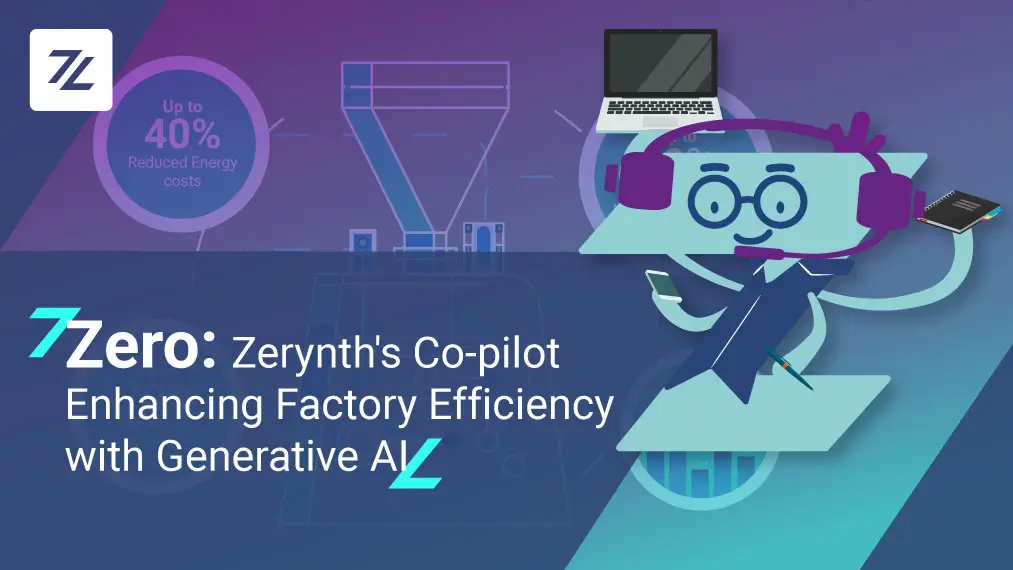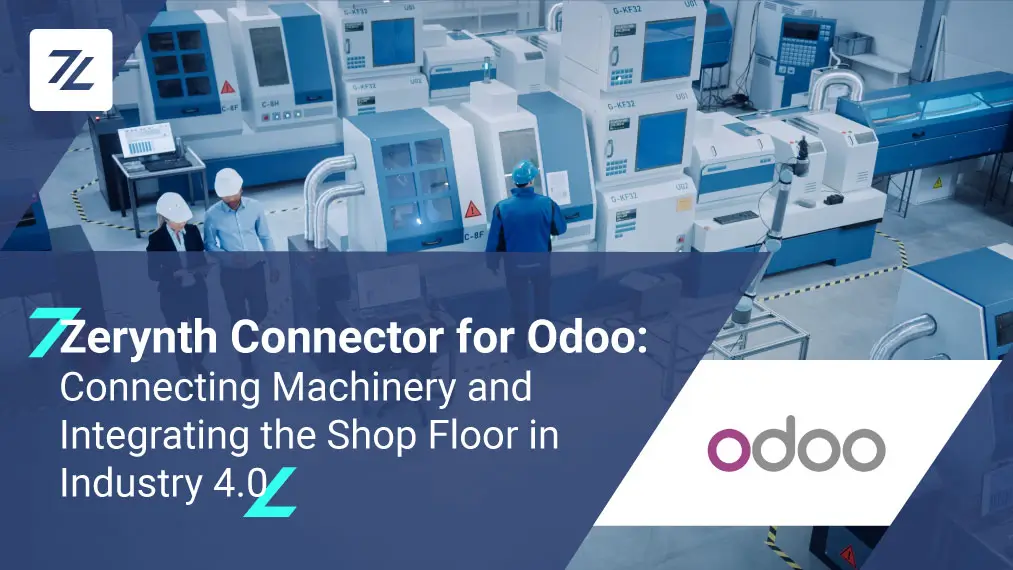Our partner, Riverdi, has just published an interesting demo that used the Zerynth powered IoT displays to create a Philips Hue lighting control panel.
These IoT displays have a Zerynth license onboard, which enables you to start programming them right out of the box. They also feature Espressif’s ESP32 microcontroller, Bridgetek’s BT81x graphics controller, and two MikroBUS sockets. The demo has also been published on DesignSpark, so if you’re a member of the community, you’ll be glad to know that you can read it there too.
Philips Hue smart bulbs offer 16 million color combinations and are extremely energy efficient. They come in various different shapes and sizes, so that you can pick the one that fits best within your space.
Smart home applications and projects have been a trending topic for years, and they are only gaining more traction. We hope that this example shows you how simple and easy it is to create one with Python and Zerynth tools.
Before you read more about the demo, take a look at the video that demonstrates how it works:
Lighting control demo in Python
To start the whole demo, first, you’ll need to download Zerynth Studio. Then, of course, you’ll need a Riverdi IoT display, Philips Hue smart lightbulbs, and lastly, OKdo Cloud.
To make things easier for anyone who is using these IoT displays, we’ve created a BT81x library (since that is the graphics controller onboard the displays). And that’s not everything. We also have an OKdo library that’s going to cut down your development time considerably.
Click here to see the full demo.
Download Zerynth Studio
If you want to build something like this, then download Zerynth Studio. It’s free to download and available for Windows, Linux, and Mac OS.





